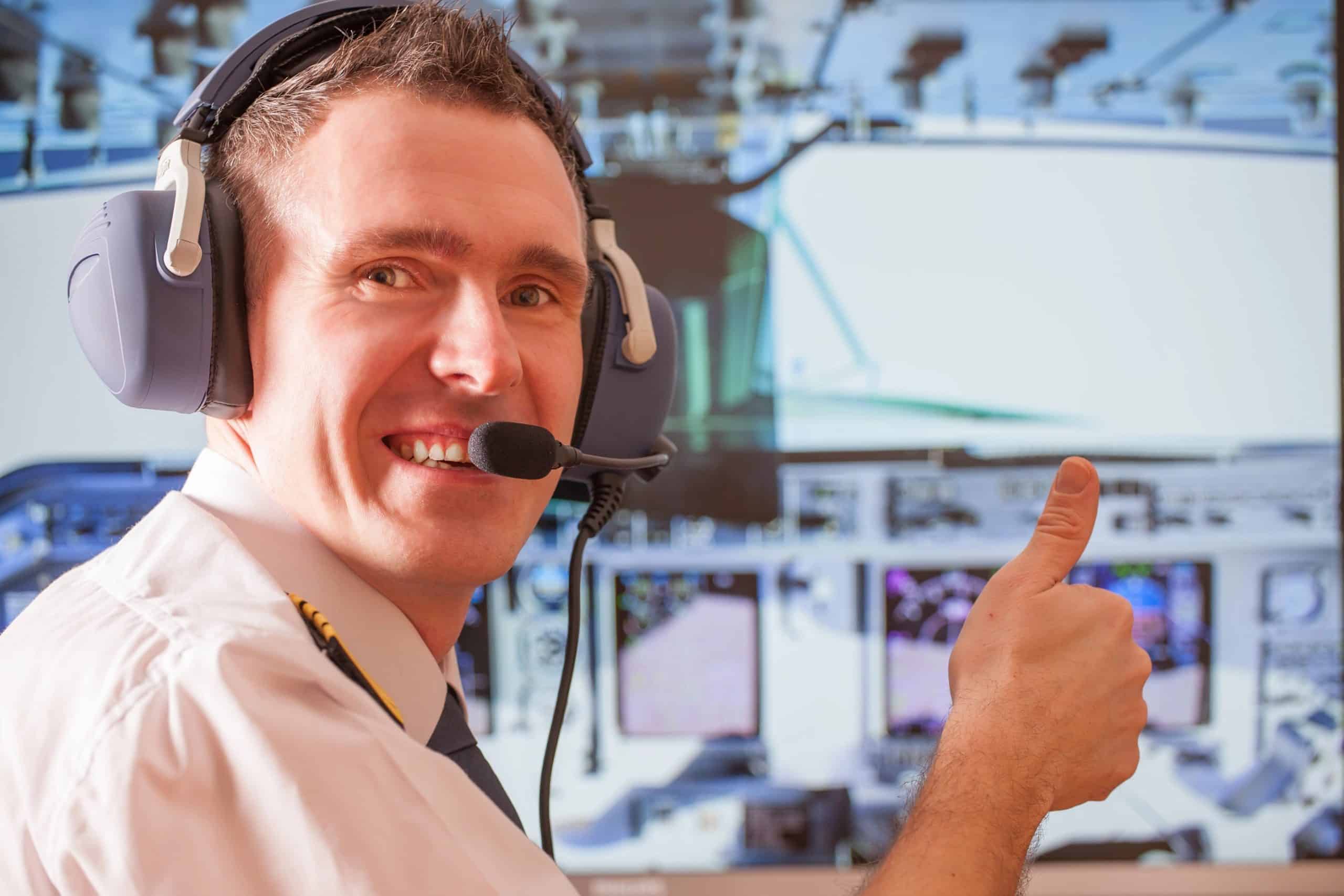Airline pilots typically have clean-shaven faces due to important safety reasons.
The main concern is the potential interference of facial hair with oxygen masks during emergencies.
These masks are designed to form a tight seal around the face, ensuring proper oxygen supply in critical situations.
Beards and other types of facial hair can prevent this seal from forming correctly.
This gap could allow oxygen to leak out, reducing the mask’s effectiveness.
In high-altitude emergencies where oxygen is crucial, this malfunction could have serious consequences.
Different airlines have specific rules about facial hair:
- Delta Airlines allows:
- Sideburns (not past mid-ear)
- Neat mustaches (within mouth corners)
- Delta prohibits:
- Beards
- Goatees
The Federal Aviation Administration (FAA) doesn’t have strict regulations on pilot facial hair. Instead, they focus on ensuring oxygen masks work properly.
Many airlines take extra steps by limiting facial hair to guarantee mask effectiveness.
Some key points about pilot facial hair policies:
- Safety is the top priority
- Rules vary between airlines
- Mustaches are often allowed if well-groomed
- Beards are usually not permitted
These rules apply to on-duty pilots and sometimes extend to off-duty crew members in jump seats.
The goal is to maintain high safety standards across all flight operations.
While some may view these policies as strict, they’re in place to protect both crew and passengers.
In the rare event of cabin depressurization or other emergencies requiring oxygen masks, a proper seal could make a big difference.
Airlines must balance safety needs with personal grooming preferences.
As technology advances, there may be changes to these policies in the future.
For now, the clean-shaven look remains standard for most commercial airline pilots.

